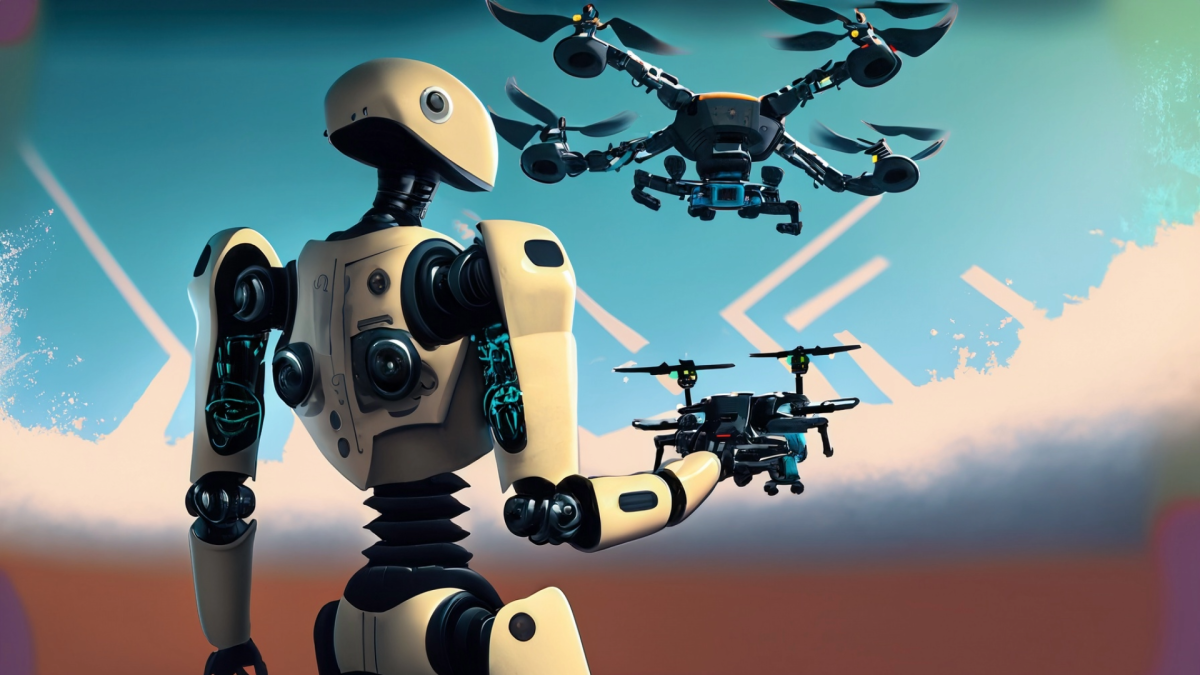In this lesson, students will: Identify pulleys in our world Discuss how pulleys make work easier Plan and construct an elevator of their own design that incorporates a pulley Provide and receive
This lesson serves as the introduction to an 8 lesson series or unit on simple machines. This series will present dozens of activities to introduce your students to simple machines, culminating in the
How old is Earth? How big is 1 million years compared to 1 billion years? Students will use three models to organize geologic time and practice cross multiplication to solve for a variable.
This is a junior high lesson on plant grafting that can be done in a classroom setting or with an after-school club such as botany. This lesson can be easily modified for any grade level. In this
Students learn about the Colorado River watershed and the impact of water rights and usage. They will read about the past and present water flow data, build a model of the watershed, calculate data
A review of types of rocks and the rock cycle and tectonic movement. The creation of minerals. Using Associative Geology, legends, and probabilities, hunt for possible locations of the Lost Dutchman’s
Explore how cells can only be so big by studying how things move in and out of them, and discover why the size of a cell is connected to its surface area and volume.
24 Hour Garbage Lab
Three day lesson on garbage, recycling, and composting. Day 1: Students are provided a garbage bag and no instruction on recycling. *Collect all of your disposable garbage for 24 hours. Bring it back
This is a hands-on, collaborative lesson that allows the students to include art and presentation skills in the project. The students research various aspects of a selected planet and then presents
This lesson gives students another real life example of Newton's Second Law of Motion. Students will use force diagrams and Newton's Second Law of Motion to find their apparent weight as they
Students will build a paper marble run out of recycled paper which maximizes the time of travel. Students will then analyze the run with energy diagrams and determine how much energy was lost.
This is an introductory activity to reaction kinetics at an AP Chemistry level. Students use model kits or Legos in an activity that allows them to model how changing the concentration of reactants in
Students will use engineering, art, science, and 21st century skills to create a support system to keep Santa safe on Christmas while delivering gifts down the chimney!
Students will use Tinkercad's 3D Modeling tool to plan and design the layout for a school garden.
In this lab, we will be completing a set of tasks that will help us develop a better understanding of the formation and parts of both transverse and longitudinal waves.
Engineers create and use new materials, as well as new combinations of existing materials to design innovative new products and technologies—all based upon the chemical and physical properties of
Students will investigate how solar energy changes the temperature of a substance.
This lesson, is one to make your students taste buds jump for joy as they get to create their very own edible eyeball cookie. This is a great STEM lesson to use when learning about the parts and
Using the Sphero Bolts/Sparks to joust as a Medieval Knight. Students will understand the basics of Sphero Bolt and its programming environment.
In this engaging and interactive lesson, students explore adaptation and creative problem-solving. Inspired by "The Great Turkey Race," students will engage in a hands-on engineering lesson to design
Students will go through the process of counting pumpkin seeds and analyzing data through mean, median and mode as well as creating correlating graphs. Students will learn what causes fruit
This lesson includes academic areas for ELA, math, and coding. The lessons are completed with students in small groups effectively using their collaboration skills to completed the assingments and
This lesson teaches students what coding actually is and how it enables us to program robots to do specific tasks. Using a simulated coding activity, students will begin to understand how coding works
This lesson is an introduction to the Edison Robots and how they work with barcodes for coding. This lesson will give students the opportunity to become familar with the parts of the Edison as well as
Featured Lesson Plans
Check out these notable lesson plans.

Best Class Plant

Magic Magnets: Flying Butterfly

